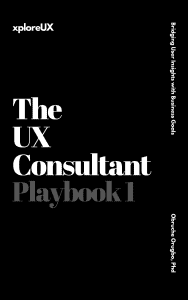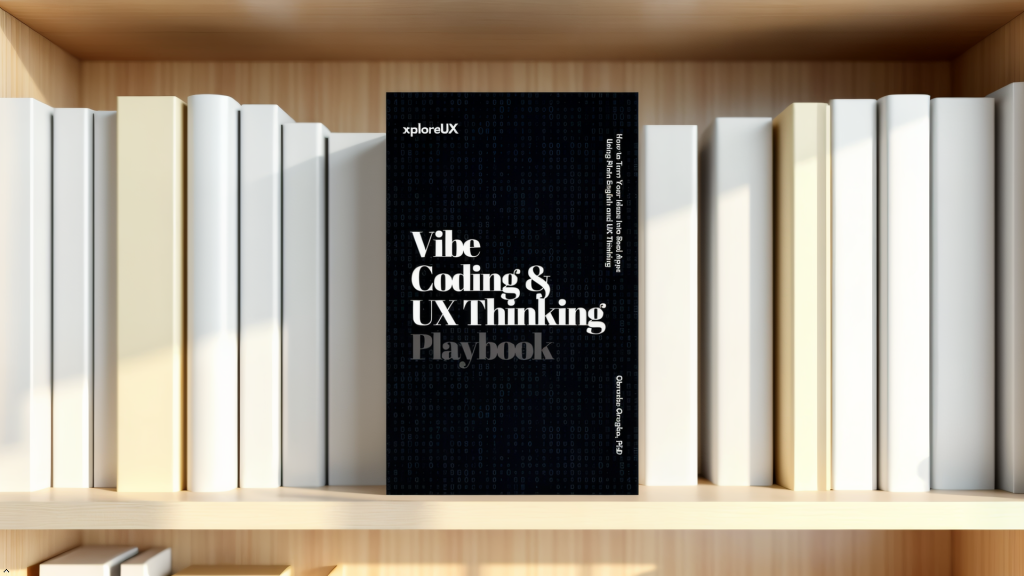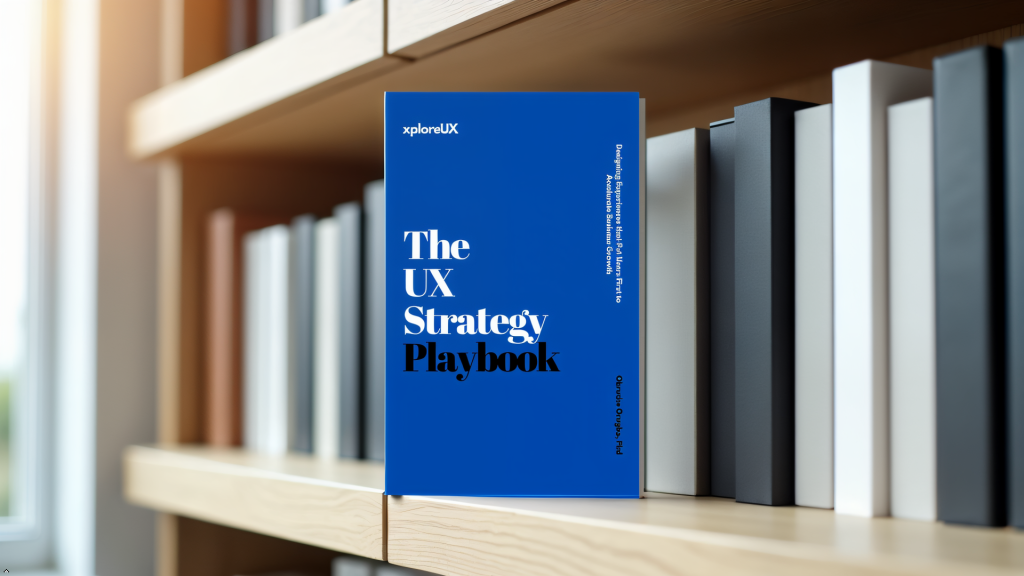
Strategic UX Planning has emerged as a fundamental approach in guiding businesses towards greater user engagement and long-term profitability. This comprehensive method integrates design, research, and technology to create digital experiences that satisfy both users and commercial objectives. By concentrating on the end-to-end user journey, organisations are able to tailor their offerings to meet specific needs, ensuring that every interaction contributes positively to overall success. A well-crafted strategy in user experience not only enhances usability and accessibility, but also builds trust and loyalty among customers and stakeholders alike.
Many companies now recognise that investing in this approach can lead to substantial improvements in conversion rates, customer retention, and market reputation. A carefully considered plan enables cross-functional teams to anticipate potential issues and streamline development processes, thereby saving time and resources. This proactive approach allows businesses to address challenges at an early stage while establishing clear guidelines for product creation. By setting clear objectives and measurable targets, companies can create a roadmap that leads to continuous improvement and sustainable growth.
The approach discussed throughout this article highlights essential components of developing a robust user experience strategy, examines the integration of user feedback and analytical insights, and reviews practical methods for measuring and refining success. Organisations that embrace a committed planning process are empowered to deliver exceptional digital products that resonate with users and contribute to improved business performance. By embracing this approach from the outset, organisations can set a clear direction and ensure that every decision contributes meaningfully to enhancing user satisfaction and achieving business objectives with consistent precision successfully.
User experience planning is an essential process that guides design efforts and ensures that digital products meet user needs effectively. In this discussion, we focus on the benefits of a thoughtful approach that combines research, design, and usability testing. One of the most effective methods is Strategic UX Planning, which helps organisations create interfaces that are both engaging and functional. By establishing clear objectives and aligning them with user expectations, teams can reduce development risks and enhance overall satisfaction.
Adopting Strategic UX Planning enables companies to respond to user feedback systematically and implement improvements efficiently. When teams invest time in mapping user journeys and defining measurable goals, the resulting strategies lead to better product performance and increased customer loyalty. Moreover, this method fosters collaboration across departments, ensuring that design decisions are informed by market insights and technical feasibility.
Ultimately, Strategic UX Planning serves as a roadmap for integrating user experience with business goals, making it a critical component of successful digital product development. Its emphasis on strategic thinking and continuous refinement ensures that solutions remain relevant and effective over time. By adhering to these principles, organisations are empowered to deliver superior digital experiences that exceed user expectations consistently with excellence.
Creating a seamless connection between business goals and user needs is essential for success. Organisations must ensure that design initiatives are not isolated efforts, but rather an integral part of the overall strategy for growth. One effective method to achieve this is through Strategic UX Planning, which provides a structured framework for aligning customer expectations with organisational objectives. By clearly defining performance metrics and success indicators, companies can evaluate the impact of design choices on revenue and brand loyalty.
When teams collaborate closely with marketing, development, and customer service departments, they create a shared vision that drives coherent decision-making. Strategic UX Planning plays a crucial role in this process, enabling stakeholders to focus on key areas that generate the most value for both users and the business. Through comprehensive research and iterative testing, organisations can identify pain points and opportunities for enhancement that contribute to a more satisfying user experience.
Integrating user feedback into strategies ensures that solutions stay relevant. Strategic UX Planning encourages a proactive approach, with insights continually guiding product development for more effective outcomes. This alignment improves user satisfaction and strengthens customer relationships while boosting profitability. This approach creates measurable value across both user engagement and revenue.
Building a robust UX strategy requires a careful blend of research, planning, and creative design. It is important for organisations to gather user data and insights to inform design decisions and to identify emerging trends in user behaviour. A structured approach, such as Strategic UX Planning, can facilitate this process by providing clear guidelines and measurable targets. This method ensures that every stage of development is aligned with both user needs and business priorities.
In addition, establishing a clear vision and setting realistic goals help teams to focus their efforts on delivering meaningful experiences. Strategic UX Planning supports this by outlining step-by-step processes that drive efficient workflow and improve product quality. By integrating feedback loops and performance metrics, companies are able to refine their strategies continuously and respond promptly to changing market demands.
Effective planning also involves assessing available resources and identifying key stakeholders who can contribute to the project’s success. Through a combination of qualitative research and quantitative analysis, organisations can develop innovative solutions that not only meet user expectations but also drive commercial growth. Ultimately, Strategic UX Planning unites vision with user-centric execution.
Turning strategy into action requires a disciplined approach to implementation and continuous monitoring. Organisations need to adopt clear processes that translate design concepts into practical solutions. By leveraging comprehensive testing, iterative development and cross-departmental collaboration, teams can ensure that user interfaces perform reliably under real conditions. One proven method to facilitate this transformation is Strategic UX Planning, which provides actionable roadmaps and prioritises initiatives based on user impact.
In practice, effective implementation involves creating prototypes, gathering user feedback and refining designs through successive iterations. Strategic UX Planning helps teams to remain focused on the most critical aspects of the user experience while balancing innovation with reliability. Establishing checkpoints and performance reviews throughout the project ensures that adjustments can be made swiftly, minimising risks and maximising efficiency.
Furthermore, clear documentation and shared accountability among team members foster a culture of quality and transparency. Training sessions and workshops further reinforce best practices and encourage a collaborative spirit. Strategic UX Planning thus serves as a catalyst for embedding user-centred methodologies within every stage of product development, ultimately leading to solutions that delight users and drive business performance. Successful execution of these practices transforms innovative ideas into truly impactful experiences that resonate with users.
Evaluating the effectiveness of user experience strategies is vital to ensure continuous improvement and sustained business growth. Organisations must establish clear metrics and regularly review performance data to identify areas for refinement. A disciplined approach to measurement can reveal hidden issues and opportunities for innovation. One method that has proven effective is Strategic UX Planning, which emphasises the use of data-driven insights to guide iterative improvements and optimise user interactions.
Implementing regular usability tests, surveys and performance analytics allows teams to gather valuable feedback from actual users. Strategic UX Planning further supports these efforts by providing a framework for setting benchmarks and monitoring progress over time. Through careful analysis, companies can adjust their strategies to enhance user engagement and satisfaction, leading to higher conversion rates and a stronger competitive position.
Additionally, continuous refinement involves not only addressing current challenges but also anticipating future needs. By incorporating a cycle of feedback, testing and adaptation, organisations ensure that their digital products remain relevant and user-friendly. This commitment to ongoing optimisation transforms initial designs into evolving solutions that consistently deliver value and drive business success. Ultimately, Strategic UX Planning integrates evaluation, adaptation and innovation to continuously elevate the user experience for exceptional results.
Anticipating future trends and adapting strategies accordingly is a vital component of sustainable success. Organisations must remain agile and responsive to technological advancements and evolving user expectations. Embracing emerging tools and methodologies allows companies to innovate and stay ahead of competition. A forward-thinking approach, such as Strategic UX Planning, equips businesses with the insight needed to navigate change and seize new opportunities.
Leveraging predictive analytics, market research and user testing, teams can forecast potential challenges and adjust their strategies proactively. Strategic UX Planning offers a structured process that helps identify shifts in user behaviour and technological disruptions, enabling organisations to plan for the unexpected. This approach fosters a culture of continuous learning, where iterative improvements are based on real-time data and user feedback.
Investing in future trends also involves re-evaluating existing processes and incorporating fresh perspectives to drive innovation. By aligning strategic objectives with evolving market conditions, companies can create products that not only meet current demands but also anticipate future needs. Strategic UX Planning remains an essential tool in this endeavour, ensuring that organisations are well-prepared to tackle emerging challenges while delivering exceptional user experiences.
Clearly, Strategic UX Planning empowers forward-thinking organisations to innovate continuously and drive remarkable success.
The integration of user experience with overall business strategy is a critical factor in achieving long-term success. A well-conceived plan that aligns design, research, and technical development helps organisations deliver exceptional digital products that resonate with users and contribute to improved market performance. The careful coordination of various departments and the incorporation of user feedback ensure that digital solutions are both effective and efficient. By setting clear objectives and measurable targets, companies can create a roadmap that leads to continuous improvement and sustainable growth.
The approach discussed throughout this article highlights the importance of structured planning and ongoing evaluation in the development of digital experiences. Organisations that invest in thoughtful planning are more likely to identify potential challenges early, adapt quickly to changes and maintain a competitive edge. The integration of data-driven insights into the decision-making process facilitates not only the resolution of current issues but also the anticipation of future trends. This iterative process encourages constant refinement and innovation, which are essential in today’s competitive market.
Furthermore, a strategic focus on user experience drives collaboration among different teams, fostering a shared vision and accountability for results. By regularly reviewing performance metrics and engaging with users, companies can fine-tune their offerings to better meet evolving needs. This commitment to quality and continuous learning not only enhances customer satisfaction but also builds a strong foundation for long-term business success.
Ultimately, the benefits of a comprehensive planning process extend far beyond improved usability and efficiency. They contribute to building a resilient and forward-thinking organisation, capable of adapting to rapid changes while consistently delivering value. Embracing a methodical approach to digital strategy is, therefore, not merely an option but a necessity for any business seeking to thrive in an increasingly competitive environment. A committed approach transforms challenges into remarkably lasting opportunities.







